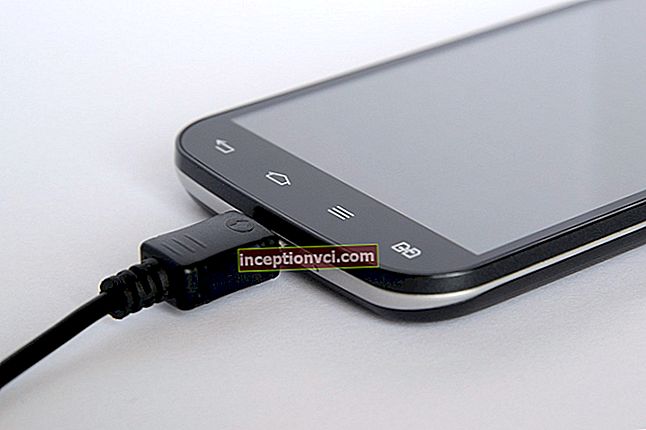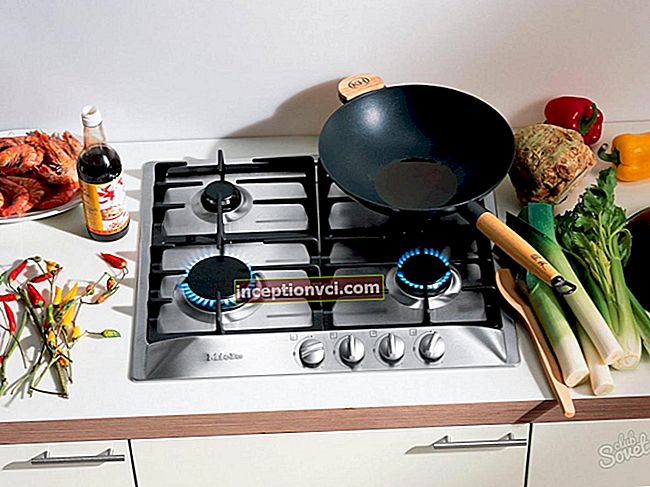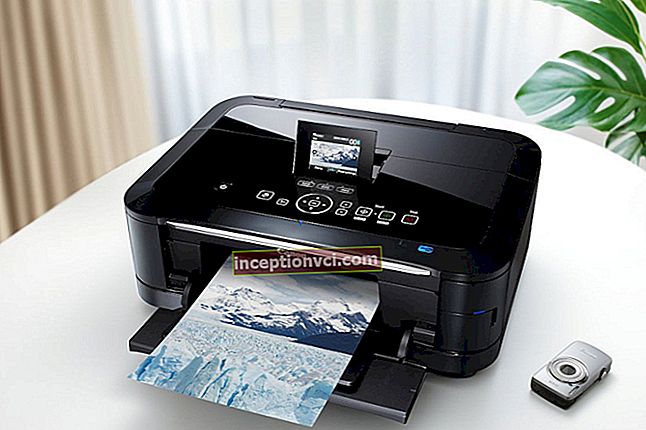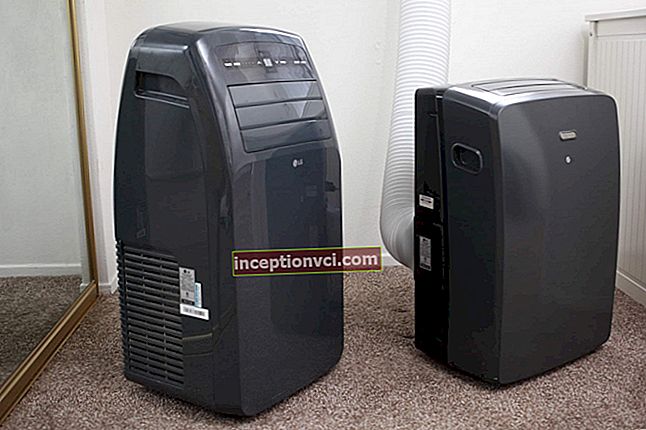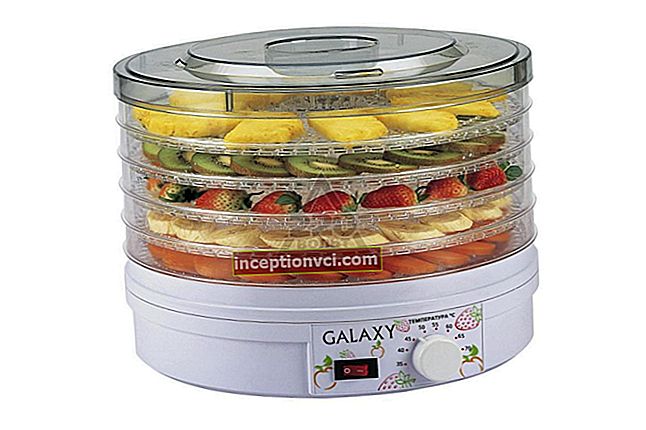As a result of our acquaintance with the electronic readers LBook eReader V8 and Sony Book Reader PRS-500, I would like to say a few words about the reader. LBook eReader V3... The Sony Book Reader PRS-505, in turn, received a variety of reviews, but most often they heard disappointment that the design and management of the device had become significantly worse. At the same time, the model LBook eReader V3 received positive feedback from users in comparison with the previous reader of this company.

Appearance
At the very beginning of this review, I would like to note the fact that LBook eReader V3 Compared to the LBook, the eReader V8 features many improvements in both appearance and functionality. At the first glance at both devices, the differences between the devices are immediately noticeable.

Immediately, the eye catches the absence of the LCD monitor, which was located at the bottom of the front panel of the V8 model. The decision is completely correct, because there was no particular benefit from this monitor, but the battery sat down several times faster. In addition, the design of the gadget has also changed for the better and now the reader looks quite stylish and decent. At the same time, the weight has significantly decreased, if earlier (model V8) the weight was 317 grams, now it is no more than 200 grams with the battery.
The V3 has already been designed without a plastic cover, which greatly disfigured the device, but there is a quite neat case made of dense leatherette with a suede lining inside. When removing the reader from the case, the user will have to tinker a little, but over time you get used to it and more this process does not cause any complaints.


The user will also be pleased with the presence of built-in memory. True, the volume is still small (only 64 MB), but, nevertheless, it is much better than a complete lack of memory. It is also convenient that when connecting the device to a personal computer, there is no need to install additional software. By using USB, the computer recognizes the connected device as an external disk. Another pleasant innovation was the absence of a special protective SIM-card, without which, for example, the V8 model could not function.
Control
The function buttons in the V3 model were placed at the bottom, which is much more convenient than in the V8 (when the buttons were on the side of the case). In addition, the special roller, with the help of which the pages were flipped, disappeared. Now, to move through the pages, the user should use two buttons, which are located to the left of the screen, and the arrows on the buttons "0" and "9". Of course, this change cannot be called one of the best thought-out options, because in this way, on the contrary, the process of working with the device becomes more complicated. Although, after some time, the user gets used to such a flipping process and no more difficulties arise.

The "OK" button, which is also the Menu button, also serves to call the context menu. When the list of authors and books is open, the Main Menu allows you to perform the following operations:
- sort by name;
- sort by type;
- sort by date;
- call settings;
- call the music player;
- switch between device and memory card.
When any of the books is open, the Main Menu allows you to perform the following operations:
- call the table of contents;
- call general information about the book;
- move to the first page;
- move to the last page;
- expand the page;
- open the page according to a certain number;
- change the font size;
- change the line spacing in the text.

When the reading mode is activated, the lower row of numeric keys can be used to execute / call some functions, namely: change the font type, call the table of contents, scroll forward, scroll backward, set bookmarks (the maximum number of bookmarks is five). The top five keys, in turn, are responsible for calling up a book saved in one of the bookmarks.
The main thing
First of all, I would like to say about the most important thing - that the V3 reader uses a new type of electronic paper (the same as that of the Sony Reader RPS-505). The new "paper" has a lighter background and, accordingly, more contrasting black characters. Regarding the speed of turning pages, at first this moment even caused some bewilderment. Since at first the turning speed was not very fast, but after a while (that is, after several days of using the device) it increased and subsequently did not cause any more complaints.
In addition, due to the use of a new type of electronic paper, it was possible to eliminate the tracks from the previous pages, which could not be done in any way in the previous models of readers.

And the second point, which is definitely worth mentioning, is the support for the FB2 format. For reference: FB2 is a format that is based on the XML markup language, and also allows you to save books in compact text form, but at the same time resizing the illustrations and preserving the page layout. Also, the device works fine with formats such as TXT, FB2, DjVu, PDF, DOC, Html, CHM, WOLF.

Thanks to the FB2 format, there is a significant saving of space, since e-books of this format, firstly, are much smaller in size, and, secondly, there is now no need to convert after downloading the books to the device. Thus, in order to create and write a library in the reader, the user needs to sort the books of the FB2 format into folders, and then fill this entire structure onto the flash device.

A shutdown button has been added to the V3 reader control. When you press this button once, the gadget is not turned off, but the screen is reset and a message is displayed with the text "Press ON to unlock the buttons." If you press this button and hold it for a while, the device will turn off completely. Although, there is no special need for this, since in those moments when music is not listened to and pages are not turned, there is no energy cost.
Player
The MP3 player built into this unit functions at a fairly good level. You can copy audio files to folders in exactly the same way as books. After copying, the reader will recognize these files by itself. When trying to play, be sure to connect headphones, otherwise the device will not start playing music tracks.

The reproduction quality is also good. The sound can be adjusted with special buttons, which are located in the right side of the case. Pressing the "8" key successively changes the playback parameters according to different styles, for example, rock, pop, jazz and others.
Equipment:
- electronic book LBook eReader V3;
- leatherette cover with suede inside;
- headphones;
- special mount (loop) for carrying the device on the hand;
- SD / MMC memory card with a capacity of 512 MB (the maximum capacity of a memory card is up to 4 GB);
- USB reader for SD memory card;
- a power adapter that is combined with a USB-miniUSB cable.

conclusions
As a result, it should be noted that thanks to the improvements, this model has significantly surpassed its predecessor. The traditional advantages of the device, which also have the previous model, include the following:
- full support for the Cyrillic alphabet;
- support for subfolders up to the third level, which allows you to create advanced book catalogs;
- no need to reflash or patch anything;
- easy-to-use navigation;
- the ability to download books by simply copying to a memory card;
- official deliveries of gadgets across Ukraine.
Useful innovations include the following facts / points:
- the use of new electronic paper, which conveys a lighter substrate and more contrasting letters;
- replacement of a heavy plastic cover with a convenient cover;
- more stylish design;
- reducing the size and weight of the device;
- no unnecessary additional liquid crystal screen;
- the presence of built-in memory;
- support for SD / MMC memory cards with a capacity of up to 4 GB;
- the presence of a universal adapter for charging (USB or socket);
- FB2 format support;
- the ability to go to the specified page;
- more convenient context menu.


